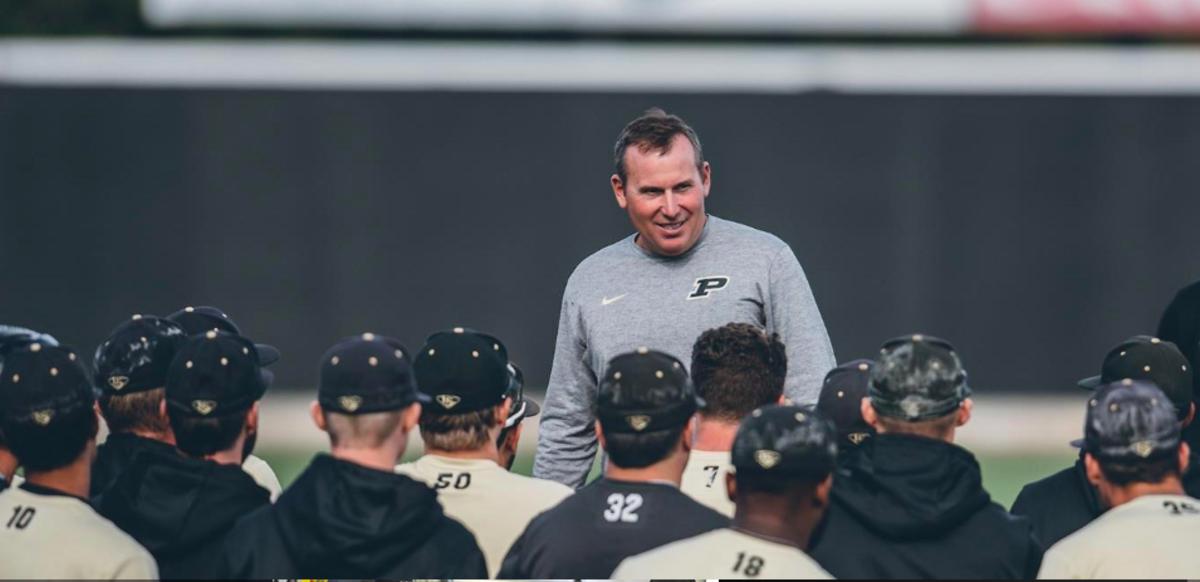My Two Cents: No Simple Solution to Extra Year for Spring Athletes

WEST LAFAYETTE, Ind. —The NCAA Division I Council Coordination Committee voted Monday to grant spring athletes an extra year of eligibility after the coronavirus pandemic shut down spring college sports in 2020, but that's just the first step in what is likely going to be a long — and difficult — process for every school to figure out, including Purdue.
With the NCAA ruling affecting all spring sports, seniors like catcher Zac Fascia and outfielder Skyler Hunter are now eligible come back for another year of Purdue baseball. Everyone gets another year of eligibility, including all the freshmen through juniors, like standout pitcher Bo Hofstra.
But here's the rub. All the NCAA did was say that it's OK for the players to be eligible for another year. It's up to the schools and, maybe down the road, the conferences to figure out how this is going to get paid for.
"Division I rules limit student-athletes to four seasons of competition in a five-year period," the NCAA wrote in a statement on Monday. "The Council’s decision allows schools to self-apply waivers to restore one of those seasons of competition for student-athletes who had competed while eligible in the COVID-19-shortened 2020 spring season."
The idea of giving spring sport athletes an extra year of eligibility came with some logistical hurdles, such as how such a proposal would affect roster size limitations and programs' financial situations. Last week, the NCAA announced a massive slashing of revenue distribution to member schools for 2020, a response to lost revenue during the shutdown of sports, including the cash cow that is the men's NCAA tournament.
No spring sport pays for itself and baseball, for instance, divvies up 12-plus scholarships among its roster, then works with other financial aid revenues make up the differences for its roster, which is capped at 35 players. That's where the biggest issue will be, in determining how to pay for these players coming back for an extra year.
Because each individual school will have to make roster decisions — especially with a class of freshmen coming in next fall — some seniors who don't play much simply won't be invited back. That's not going to be easy.
Who's going to pay for this? It's a deep and difficult question right now because every athletic department is looking at serious revenue shortfalls because of the COVID-19 pandemic. It was announced last week that the NCAA revenue checks from the massive NCAA basketball tournament would be less than half of what they usually are, which means several million dollars for a school like Purdue.
So finding EXTRA money for spring sports scholarship seems like a hard thing to do.
In other words, what the NCAA did on Monday was a bold and admirable move. It's the right and fair thing to do for these spring sports athletes who had their 2020 seasons taken away from them.
But it's just the first step. And there are going to need to be many more steps before we see what Purdue's 2021 baseball roster would look like. It's going to a major headache for coach Greg Goff, who's going to have some tough roster decisions to make.
It's also going to be hard on some top players around the country who might have been draft eligible in Major League Baseball. COVID-19 has them shut down, too, and they're already talking about trimming way back on the draft this summer. So player options might go away with that,
This is all going to be interesting to watch, good and bad. And we can be clear on this: Some players are going to be happy, but this is in no way a panacea for everyone.
Other stories on the NCAA ruling
- RELATED: Sports Illustrated's Pat Forde breaks down what the ruling means, and how athletic directors around the country are reacting to it. CLICK HERE
